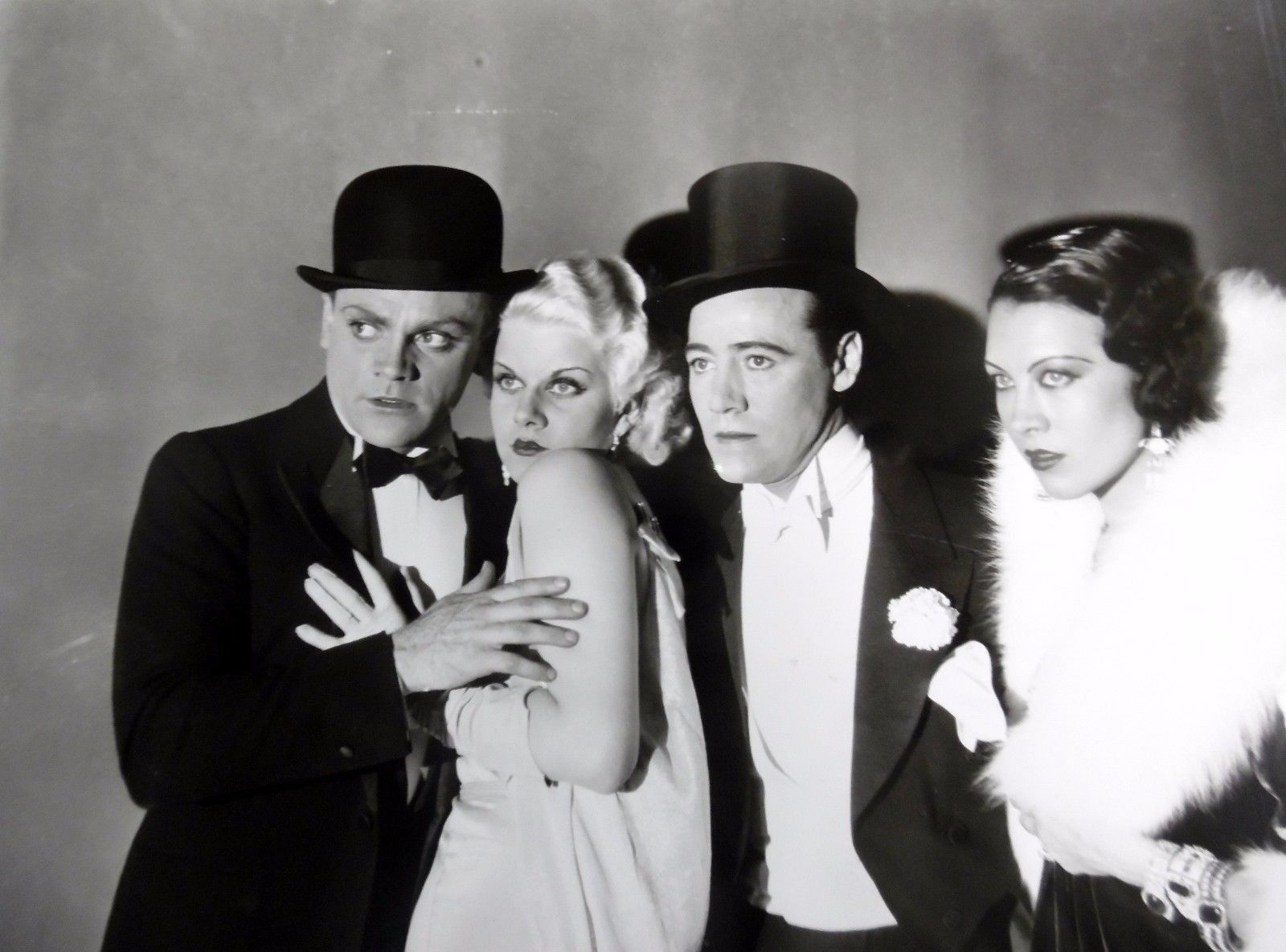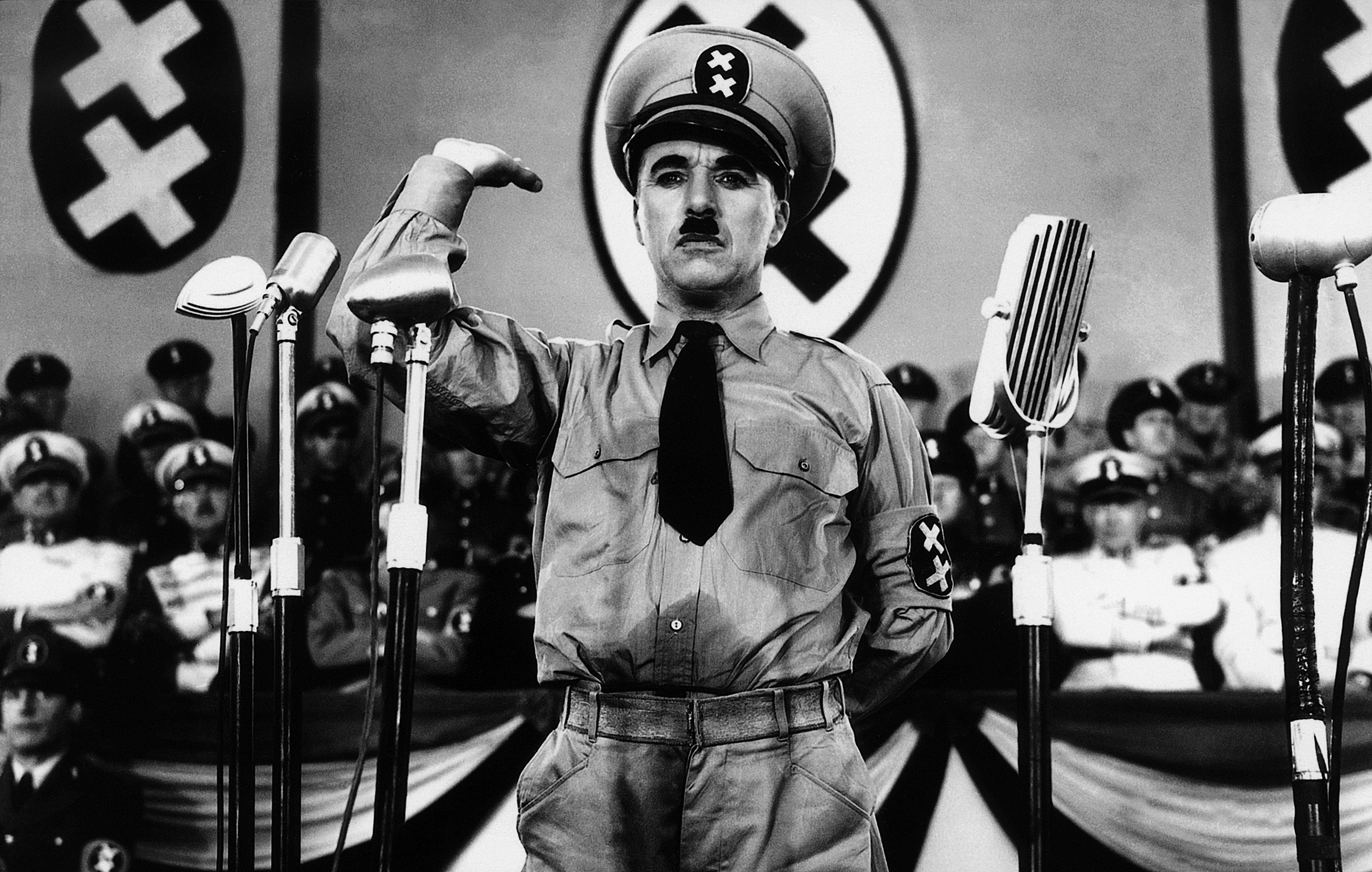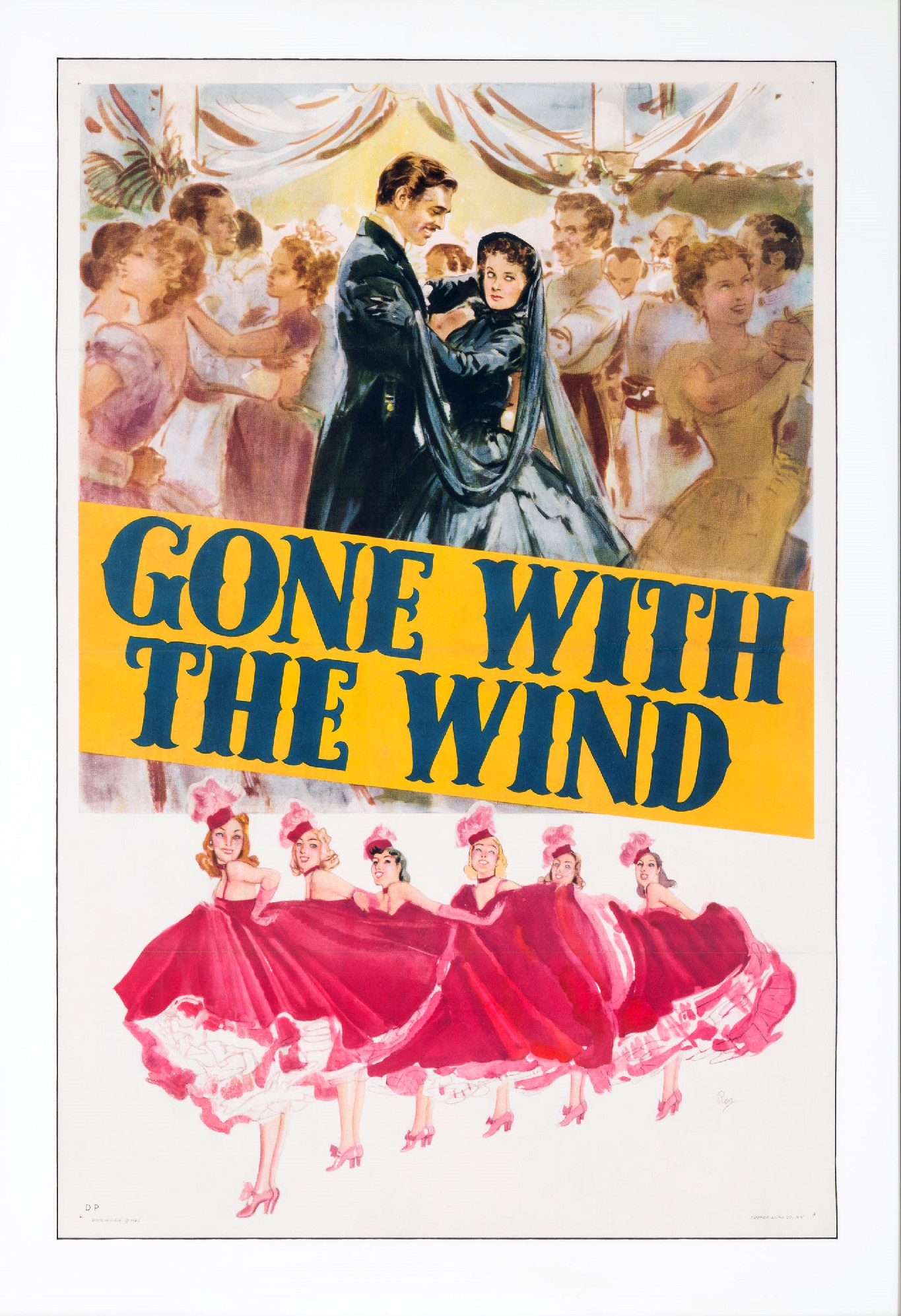|
Moguls And Movie Stars
''Moguls and Movie Stars'' is a 2010 Turner Classic Movies 7-part documentary. The documentary tells the history of Hollywood pioneers making movies. This documentary features living relatives of Hollywood studio heads and film historians talking about the history of movies. The relatives of the moguls in the documentary include Samuel Goldwyn Jr., son of Samuel Goldwyn, Carla Laemmle, niece of Carl Laemmle, owner of Universal Pictures. This documentary tells the story of Hollywood from the late 19th century-the early 1970s. It starts off as telling the story of the early movie pioneers who came to America and would make a future making movies, the coming of sound movies, World War II, censorship, and Hollywood changing in the 1960s. The series was narrated by Christopher Plummer. The series took three years to make. It was released on November 1, 2010. Featured films (partial list) * '' The Great Train Robbery'' (1903) * '' The Musketeers of Pig Alley'' (1912) * '' Th ... [...More Info...] [...Related Items...] OR: [Wikipedia] [Google] [Baidu] |
Turner Classic Movies
Turner Classic Movies (TCM) is an American movie channel, movie-oriented pay television, pay-TV television network, network owned by Warner Bros. Discovery. Launched in 1994, Turner Classic Movies is headquartered at Turner's Techwood broadcasting campus in the Midtown Atlanta, Midtown business district of Atlanta, Georgia. The channel's programming consists mainly of Golden age (metaphor), classic theatrically released feature films from the Turner Entertainment film library – which comprises films from Warner Bros. (covering films released before 1950), Metro-Goldwyn-Mayer (covering films released before May 1986), and the North American distribution rights to films from RKO Pictures. However, Turner Classic Movies also licenses films from other studios and occasionally shows more recent films. The channel is available in the United States, Canada, the United Kingdom, Ireland, Malta (as Turner Classic Movies), Latin America, France, Greece, Cyprus, Spain, the Nordic countrie ... [...More Info...] [...Related Items...] OR: [Wikipedia] [Google] [Baidu] |
The Public Enemy
''The Public Enemy'' (''Enemies of the Public'' in the UK) is a 1931 American all-talking pre-Code gangster film produced and distributed by Warner Bros. The film was directed by William A. Wellman and stars James Cagney, Jean Harlow, Edward Woods, Donald Cook and Joan Blondell. The film relates the story of a young man's rise in the criminal underworld in prohibition-era urban America. The supporting players include Beryl Mercer, Murray Kinnell, and Mae Clarke. The screenplay is based on an unpublished novel—''Beer and Blood'' by two former newspapermen, John Bright and Kubec Glasmon—who had witnessed some of Al Capone's murderous gang rivalries in Chicago. In 1998, ''The Public Enemy'' was selected for preservation in the United States National Film Registry by the Library of Congress as being "culturally, historically, or aesthetically significant". Plot As youngsters in 1900s Chicago, Irish-Americans Tom Powers and his lifelong friend Matt Doyle engage in petty theft ... [...More Info...] [...Related Items...] OR: [Wikipedia] [Google] [Baidu] |
Charles Chaplin
Sir Charles Spencer Chaplin Jr. (16 April 188925 December 1977) was an English comic actor, filmmaker, and composer who rose to fame in the era of silent film. He became a worldwide icon through his screen persona, the Tramp, and is considered one of the film industry's most important figures. His career spanned more than 75 years, from childhood in the Victorian era until a year before his death in 1977, and encompassed both adulation and controversy. Chaplin's childhood in London was one of poverty and hardship. His father was absent and his mother struggled financially — he was sent to a workhouse twice before age nine. When he was 14, his mother was committed to a mental asylum. Chaplin began performing at an early age, touring music halls and later working as a stage actor and comedian. At 19, he was signed to the Fred Karno company, which took him to the United States. He was scouted for the film industry and began appearing in 1914 for Keystone Studios. He soon de ... [...More Info...] [...Related Items...] OR: [Wikipedia] [Google] [Baidu] |
Guess Who's Coming To Dinner
''Guess Who's Coming to Dinner'' is a 1967 American romantic comedy-drama film produced and directed by Stanley Kramer, and written by William Rose. It stars Spencer Tracy (in his final role), Sidney Poitier, and Katharine Hepburn, and features Hepburn's niece Katharine Houghton. The film was one of the few films of the time to depict an interracial marriage in a positive light, as interracial marriage historically had been illegal in many states of the United States. It was still illegal in 17 states, until June 12, 1967, six months before the film was released, and scenes were filmed just before anti-miscegenation laws were struck down by the Supreme Court in '' Loving v. Virginia''. The film was the ninth and final on-screen pairing of Tracy and Hepburn. Tracy was very ill during filming but insisted on continuing. Filming of his role was completed just 17 days before Tracy's death in June 1967. Hepburn never saw the completed film, saying that the memories it would evoke ... [...More Info...] [...Related Items...] OR: [Wikipedia] [Google] [Baidu] |
Bonnie And Clyde (film)
''Bonnie and Clyde'' is a 1967 American biographical neo-noir crime drama film directed by Arthur Penn and starring Warren Beatty and Faye Dunaway as the title characters Clyde Barrow and Bonnie Parker. The film also features Michael J. Pollard, Gene Hackman, and Estelle Parsons. The screenplay is by David Newman and Robert Benton. Robert Towne and Beatty provided uncredited contributions to the script; Beatty produced the film. The music is by Charles Strouse. ''Bonnie and Clyde'' is considered one of the first films of the New Hollywood era and a landmark picture. It broke many cinematic taboos and for some members of the counterculture, the film was considered a "rallying cry". Its success prompted other filmmakers to be more open in presenting sex and violence in their films. The film's ending became iconic as "one of the bloodiest death scenes in cinematic history". The film received Academy Awards for Best Supporting Actress ( Estelle Parsons) and Best Cinematography ... [...More Info...] [...Related Items...] OR: [Wikipedia] [Google] [Baidu] |
Cleopatra (1963 Film)
''Cleopatra'' is a 1963 American epic historical drama film directed by Joseph L. Mankiewicz, with a screenplay adapted by Mankiewicz, Ranald MacDougall and Sidney Buchman from the 1957 book ''The Life and Times of Cleopatra'' by Carlo Maria Franzero, and from histories by Plutarch, Suetonius, and Appian. The film stars Elizabeth Taylor in the eponymous role. Richard Burton, Rex Harrison, Roddy McDowall, and Martin Landau are featured in supporting roles. It chronicles the struggles of Cleopatra, the young queen of Egypt, to resist the imperial ambitions of Rome. Walter Wanger had long contemplated producing a biographical film about Cleopatra. In 1958, his production company partnered with Twentieth Century Fox to produce the film. Following an extensive casting search, Elizabeth Taylor signed on to portray the title role for a record-setting salary of $1 million. Rouben Mamoulian was hired as director, and the script underwent numerous revisions from Nigel Balchin, Dale W ... [...More Info...] [...Related Items...] OR: [Wikipedia] [Google] [Baidu] |
The Defiant Ones (film)
''The Defiant Ones'' is a 1958 American adventure drama film which tells the story of two escaped prisoners, one white and one black, who are shackled together and who must co-operate in order to survive. It stars Tony Curtis and Sidney Poitier. The film was adapted by Harold Jacob Smith from the story by Nedrick Young, originally credited as Nathan E. Douglas. It was produced and directed by Stanley Kramer. The film was highly regarded at the time of its release; it won Academy Awards for Cinematography (Black-and-White) and Original Screenplay and was nominated for seven others, including Best Picture and Best Actor for both Poitier and Curtis. Poitier won the Silver Bear for Best Actor at the Berlin International Film Festival. Plot One night in the Southern United States, a truck loaded with prisoners swerves to avoid another truck and crashes through a barrier. The rescuers clear up the debris and discover two prisoners have escaped, a black man shackled to a white man b ... [...More Info...] [...Related Items...] OR: [Wikipedia] [Google] [Baidu] |
Blackboard Jungle
''Blackboard Jungle'' is a 1955 American social drama film about an English teacher in an interracial inner-city school, based on the 1954 novel ''The Blackboard Jungle'' by Evan Hunter and adapted for the screen and directed by Richard Brooks. It is remembered for its innovative use of rock and roll in its soundtrack, for casting grown adults as high school teens, and for the unique breakout role of a black cast member, film icon Sidney Poitier, as a rebellious yet musically talented student. In 2016, ''Blackboard Jungle'' was selected for preservation in the United States National Film Registry by the Library of Congress as being "culturally, historically, or aesthetically significant". Factual background Hunter's novel was based on his early job as a teacher at Bronx Vocational High School, now known as Alfred E. Smith Career and Technical Education High School in the South Bronx. Hunter, then known as Salvatore Lombino, took the teaching job in 1950 after graduating from H ... [...More Info...] [...Related Items...] OR: [Wikipedia] [Google] [Baidu] |
Singin' In The Rain
''Singin' in the Rain'' is a 1952 American musical romantic comedy film directed and choreographed by Gene Kelly and Stanley Donen, starring Kelly, Donald O'Connor, and Debbie Reynolds and featuring Jean Hagen, Millard Mitchell and Cyd Charisse. It offers a lighthearted depiction of Hollywood in the late 1920s, with the three stars portraying performers caught up in the transition from silent films to "talkies". The film was only a modest hit when it was first released. O'Connor won the Golden Globe Award for Best Actor – Motion Picture Musical or Comedy, and Betty Comden and Adolph Green won the Writers Guild of America Award for their screenplay, while Jean Hagen was nominated for the Academy Award for Best Supporting Actress. However, it has since been accorded legendary status by contemporary critics, and is often regarded as the greatest musical film ever made and one of the greatest films ever made, as well as the greatest film made in the " Freed Unit" at Metro-G ... [...More Info...] [...Related Items...] OR: [Wikipedia] [Google] [Baidu] |
The Great Dictator
''The Great Dictator'' is a 1940 American anti-war political satire black comedy film written, directed, produced, scored by, and starring British comedian Charlie Chaplin, following the tradition of many of his other films. Having been the only Hollywood filmmaker to continue to make silent films well into the period of sound films, Chaplin made this his first true sound film. Chaplin's film advanced a stirring condemnation of Adolf Hitler, Benito Mussolini, fascism, antisemitism, and the Nazis. At the time of its first release, the United States was still formally at peace with Nazi Germany and neutral during what were the early days of World War II. Chaplin plays both leading roles: a ruthless fascist dictator and a persecuted Jewish barber. ''The Great Dictator'' was popular with audiences, becoming Chaplin's most commercially successful film. Modern critics have praised it as a historically significant film, one of the greatest comedy films ever made and an important wor ... [...More Info...] [...Related Items...] OR: [Wikipedia] [Google] [Baidu] |
Gone With The Wind (film)
''Gone with the Wind'' is a 1939 American epic historical romance film adapted from the 1936 novel by Margaret Mitchell. The film was produced by David O. Selznick of Selznick International Pictures and directed by Victor Fleming. Set in the American South against the backdrop of the American Civil War and the Reconstruction era, the film tells the story of Scarlett O'Hara ( Vivien Leigh), the strong-willed daughter of a Georgia plantation owner, following her romantic pursuit of Ashley Wilkes (Leslie Howard), who is married to his cousin, Melanie Hamilton (Olivia de Havilland), and her subsequent marriage to Rhett Butler (Clark Gable). The film had a troubled production. The start of filming was delayed for two years until January 1939 because of Selznick's determination to secure Gable for the role of Rhett. The role of Scarlett was difficult to cast, and 1,400 unknown women were interviewed for the part. The original screenplay by Sidney Howard underwent many revisions ... [...More Info...] [...Related Items...] OR: [Wikipedia] [Google] [Baidu] |
Top Hat
A top hat (also called a high hat, a cylinder hat, or, informally, a topper) is a tall, flat-crowned hat for men traditionally associated with formal wear in Western dress codes, meaning white tie, morning dress, or frock coat. Traditionally made of black silk or sometimes grey, the top hat emerged in Western fashion by the end of the 18th century. Although it declined by the time of the counterculture of the 1960s, it remains a formal fashion accessory. A collapsible variant of a top hat, developed in the 19th century, is known as an opera hat. Perhaps inspired by the Early Modern era capotain, higher crowned dark felt hats with wide brims emerged as a country leisurewear fashion along with the Age of Revolution around the 1770s. Around the 1780s, the justaucorps was replaced by the previously casual frocks and dress coats. At the same time, the tricorne and bicorne hats were replaced by what became known as the top hat. By the 1790s, the directoire style dress coat with top ... [...More Info...] [...Related Items...] OR: [Wikipedia] [Google] [Baidu] |






